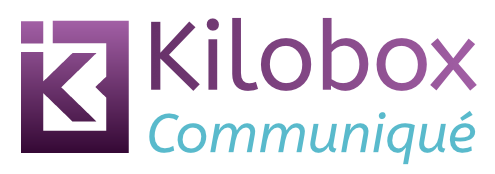A picture may be worth a thousand words and a good headline may speak volumes, but in this high speed world with discerning audiences, a good clear opening paragraph will get your message heard.

I take time to consider how different people might interpret my communications, and I try to cover all angles, to reduce queries and avoid confusion. Sometimes I go down the garden path, over-egg it and get bogged down in the details. I forget the message I want to communicate and write too much around the edges of the subject.
Clarity and conciseness often go hand in hand; editing is crucial to make sure the writing remains focused and supports the defined objectives. We want to give people what they need as soon as possible, and go on to provide the context and supporting information. We want to say enough and not too much.
A summary may not provide everything everyone needs, but a decent synopsis may well get the key message across to many more people. Convoluted, obtuse, dense text goes unread and benefits no one; easy to read messages get noticed and digested.
The BBC is often praised for its information rich headlines, but I notice that Jakob Nielsen’s UseIt alerts start with a synopsis that gives the conclusion of the article in one or two sentences. They are consistently succinct, rich and informative.
Five examples of Jakob’s alert summaries
Students are multitaskers who move through websites rapidly, often missing the item they come to find. They’re enraptured by social media but reserve it for private conversations and thus visit company sites from search engines.
New research finds improved usability metrics for subscribing to newsletters, but problems with reading them on mobile devices.
Users pay close attention to photos and other images that contain relevant information but ignore fluffy pictures used to “jazz up” Web pages.
What users believe they know about a UI strongly impacts how they use it. Mismatched mental models are common, especially with designs that try something new.
Ordinal sequences, logical structuring, time lines, or prioritization by importance or frequency are usually better than A–Z listings for presenting options to users.
I’ve benefited for years from UseIt’s alerts because of their information rich summaries, and now I’m keen to use richer opening paragraphs and summaries in my own work.
[Wedge]Photo credit: some Toast
If you’d like to share or tweet this article, the short URL is: http://kilobox.net/2055








I totally agree. In fact, writing a summary is one of the four key skills we teach intranet content writers in the Contented 10-hour online Diploma in Web Content. Jakob Nielsen’s summaries are indeed a great model, and so are his headlines.